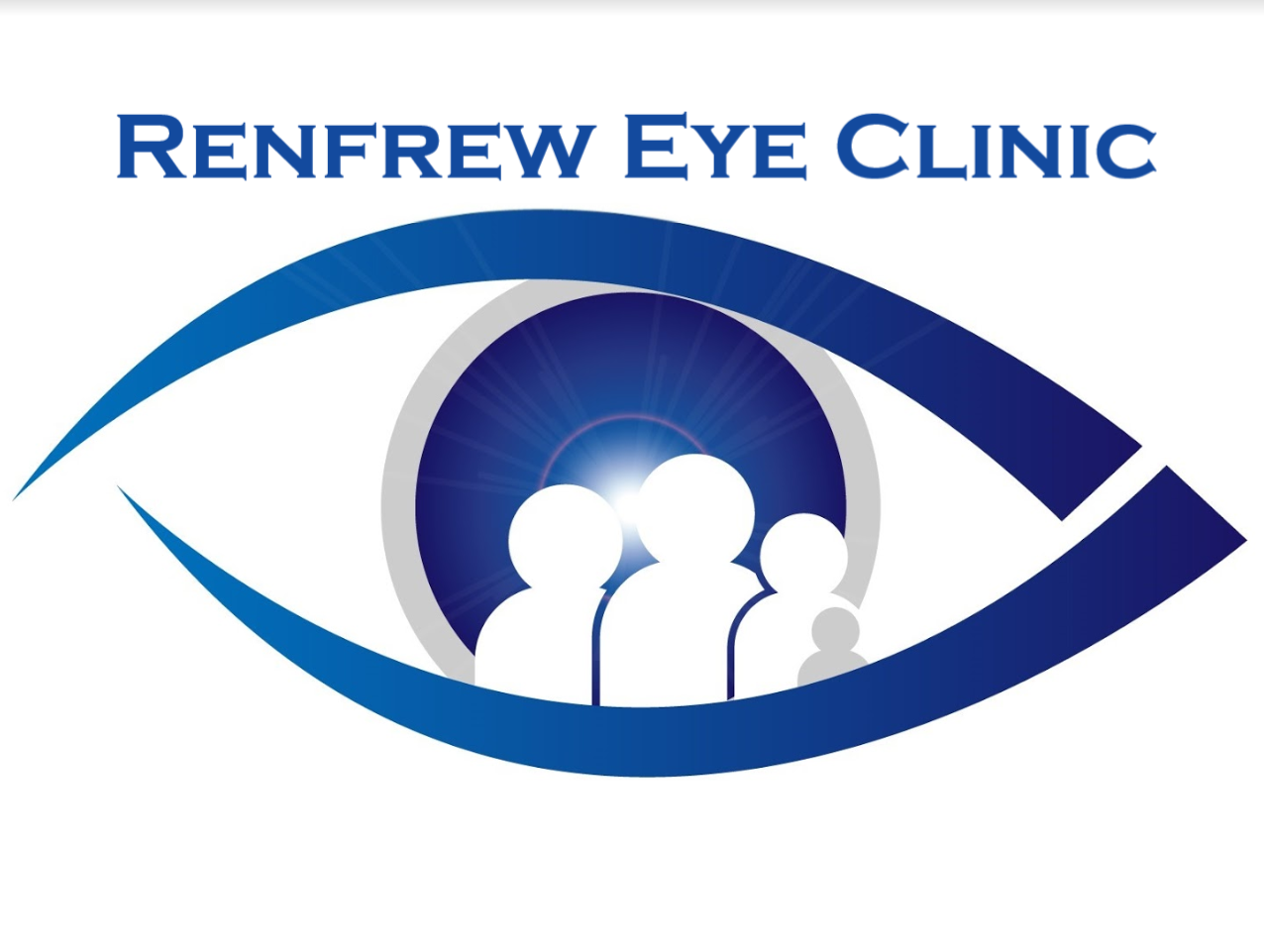
Dr. Dewey, Dr. Humphries, Dr. Rowley and Dr. Welburn are your local source for quality family eye care in Renfrew. Our optometrists and staff are here to help you with all of your visual needs including comprehensive eye health exams, diabetic eye exams, glasses, contact lenses and laser vision consultations/post-operative care, cataract assessment/post-operative care and urgent care (eye infections/injury).
(613) 432-3573
connect@renfreweyeclinic.com
281 Raglan Street South, Renfrew, Ontario



No Comments
Sorry, the comment form is closed at this time.